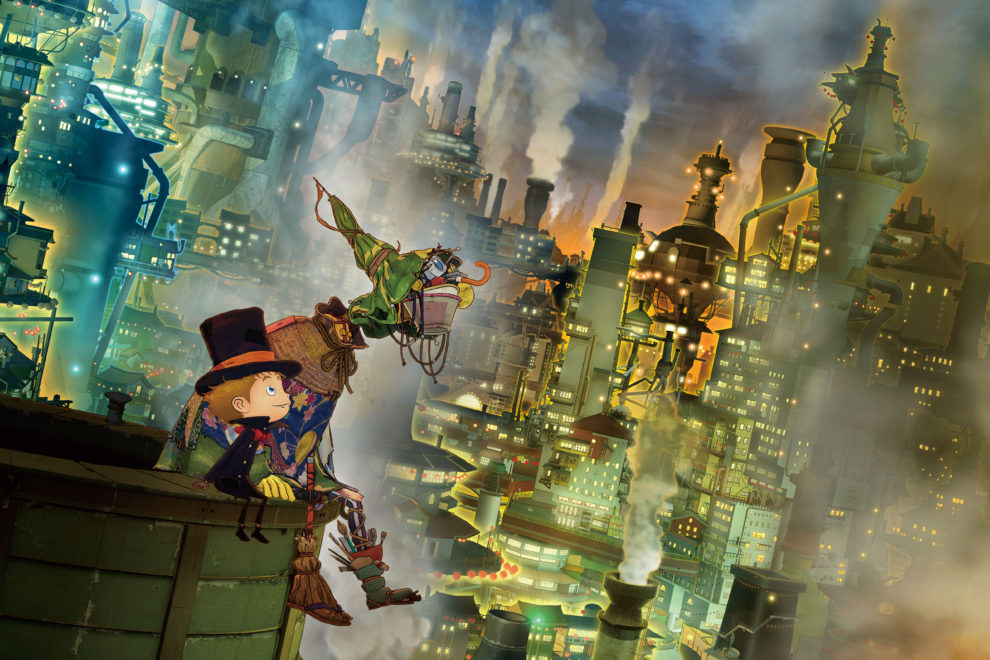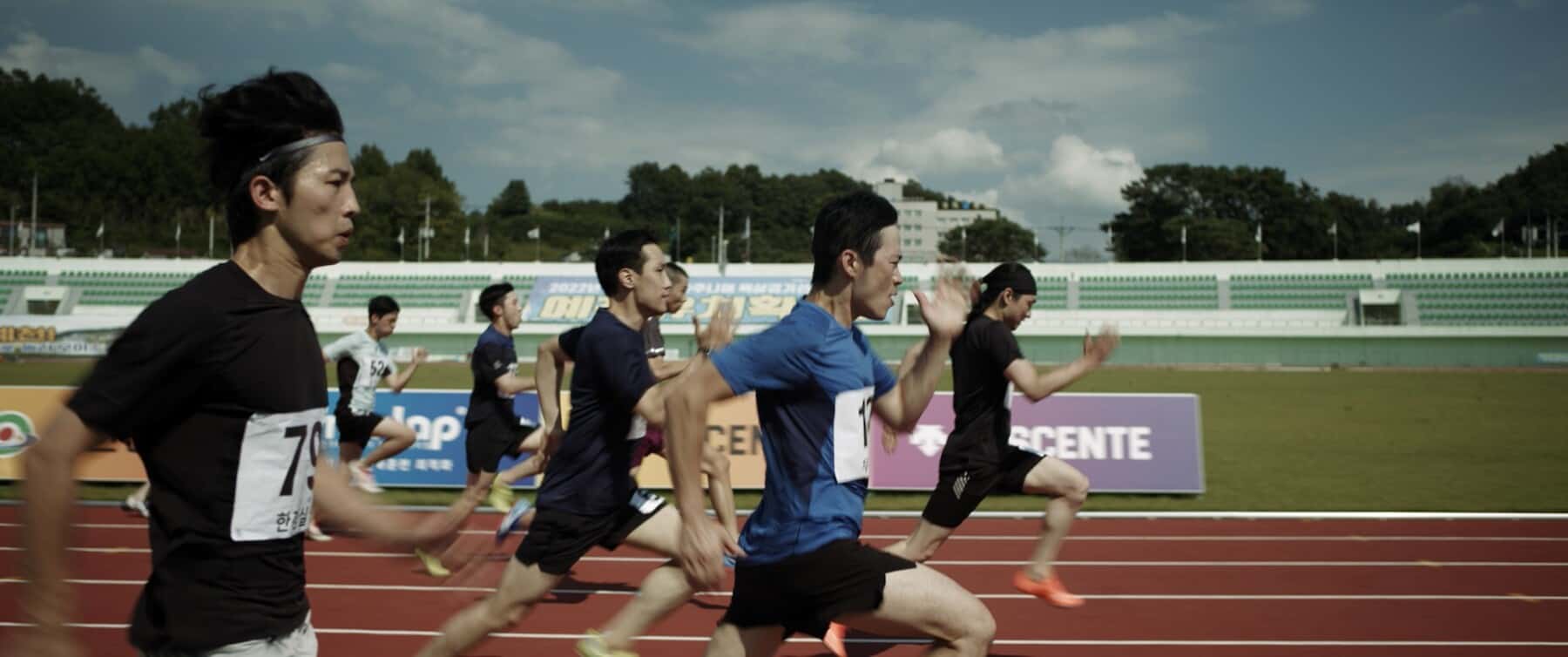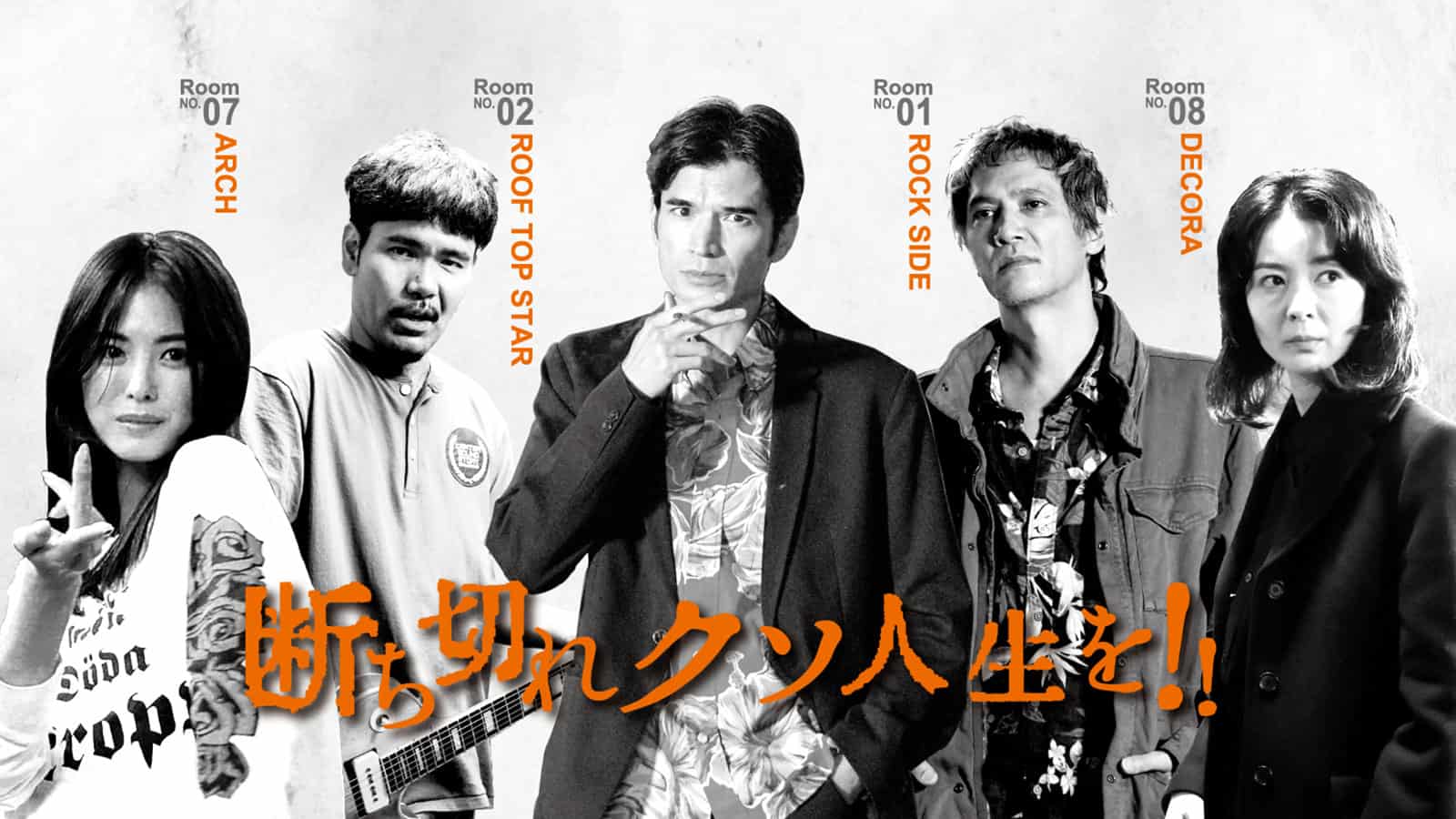This review may contain spoilers.
Yusuke Hirota makes his directorial debut with STUDIO4 ºC on “Poupelle of Chimney Town” (2020). The director is not new to the film scene, however. Hirota previously worked with the studio as a CGI artist on projects like “Berserk” (2012) and “Mind Game” (2004). Likewise, “Poupelle” is not news, either. Comedian-turned-author Akihiro Nishino worked closely with Hirota to make “Poupelle” an extension of his previously published storybook. While the book covers around “three to four chapters” of Nishino's ideas, the film intends to cover around “ten” – making it effectively an extension of the world that the book began.
Buy This Title
on Amazon
As a result, “Poupelle of Chimney Town” (the movie) feels like a hodgepodge of storylines that combine into one. Here, under the walled, smog-covered skies of Chimneytown, Lubicchi (Mana Ashida) is a lonely chimney sweep. His father disappeared mysteriously a while ago; his asthma-stricken mother stays at home, wheelchair-bound; his peers scorn him because of his search for the stars. Things start to change, however, when Poupelle (Masataka Kubota) – a mystical human-shaped automata made of trash – believes him in earnest. The two escape from incinerators, skeptics, and government officials as they desperately look for a world beyond their own.
In truth, “Poupelle” is a lot like the homonymous' character design itself: a clunky amalgam of ideas that awkwardly fit together. For example, Hirota plunks an explosive Halloween-themed musical sequence in the beginning. Its strong melody, pop-up-esque 3D animations and aggressive camerawork makes one wonder – and excited – for the rest of the film's numbers. The musical sequence serves more to set the tone for the animation than it does its tunes, however. Hirota dedicates the rest of the film to more bland dialogue and faithful adaptations of Nishino's illustrators' designs. Though Hirota's interpretations are not quite “Arcane” (2021) levels of stylization, he successfully avoids the smooth textures of “Earwig and the Witch” (2020). The intricate 2D steampunk city is successfully translated into the computer
Hirota's close eye on the original children's story is a double-edged sword, however. The script follows the cadence of a children's storybook, but far too late into the movie. The dialogue feels annoyingly redundant in consequence, and even cheesy. The repeated phrases forgo any magical effect; the little wordplay that exists is not even remotely clever. As a result, “Poupelle” feels almost infantilizing despite its darker allusions.
After all, “Poupelle” hints at a more mature, almost Communist dystopia snuck under the guise of friendship. The anime insinuates that Chimneytown is the result of a utopian dream where currency is effectively abolished. The smog and the walls were originally perceived as solutions to protect the townspeople from the free market, outside world. Poupelle and Lubicchi's innocent search (and their due censorship) is, as such, is more political than they might seem. Utopia, they argue, is not one reigned in by isolation or total control. Instead, it is one marked by freedom.
This twist is reminiscent of another ongoing animated series, “Attack on Titan” (2013-present). Here, another protagonist fights to break out from his walled city, only to find that it was more of a sanctuary than it was a prison. The edgy mood also resonates with STUDIO4 ºC's older work, including “Tekkonkinkreet” (2006) and “Mutafukaz” (2017). Unlike all of these works, however, “Poupelle” has trouble finding its footing. It struggles to find itself in the political versus the childlike. Consequently, “Poupelle” does not flesh out either story as much as it could have – resulting in its potpourri of unfinished plotlines.
All in all, “Poupelle in Chimneytown” marks an ambitious attempt on Hirota's part to adapt Nishino's larger vision. The movie presents an intriguing steampunk world that holds a lot of promise, but unfortunately does not have the time to explore it thoroughly. Its overall mood feels patchy, and sometimes even frustratingly confused. In retrospect, then, perhaps the film should have adopted a similar approach to the books. Instead of throwing all of its ideas together at once, it would have done better to split up the world into bits for viewers to properly digest.
“Poupelle of Chimney Town” will play in select US theaters starting from 30 December.

















